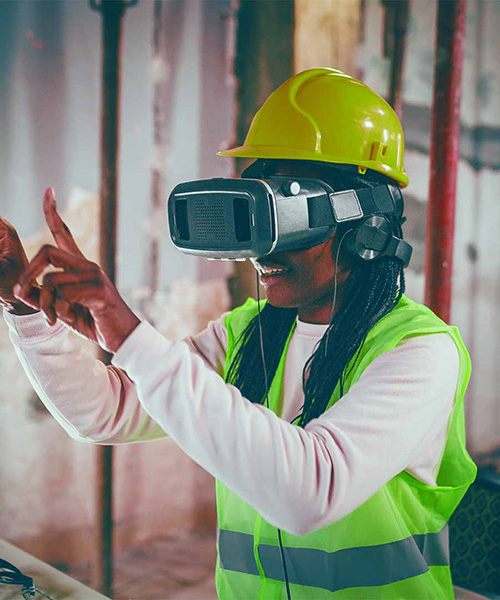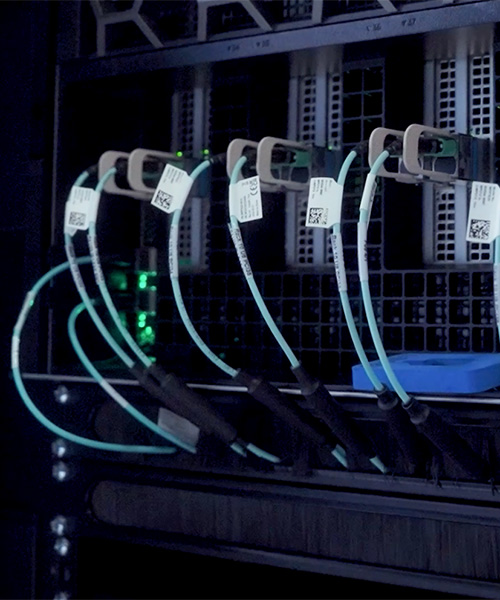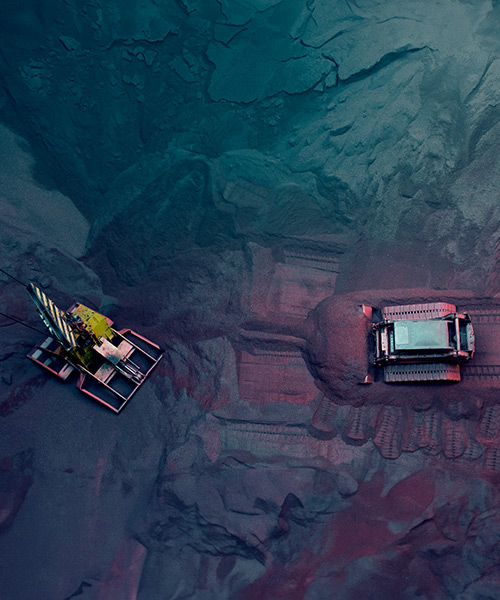June 19, 2025 • 3 min read
Digital twins: A catalyst for sustainable transformation in the upstream oil and gas industry
Increasing climate change demands mean we need assets prepared for the future. To develop these assets, we need to be able to reliably predict and optimize their future performance.
Despite the shift towards renewable energy sources, conventional oil and gas production are still a key part of the energy mix. As such, it’s crucial we continue to do what we can to reduce emissions.
That’s where digital twins come in. By creating virtual replicas of assets, we can develop a more holistic approach that considers data to reliably predict and optimize the environmental impact of an asset throughout its entire lifecycle.
Digital twins are key to accelerating the energy transition, by giving us the information we need to minimize the environmental impact of existing and new upstream assets. We’re at the forefront of this technology, actively contributing to the development and deployment of digital twin solutions for more sustainable oil and gas operations.
Digital twins in asset design and construction
The design and construction phase sets the foundation for an asset’s environmental performance through its lifecycle. During design, digital twins can optimize investment alternatives, reduce material consumption and minimize greenhouse gas (GHG) emissions.
Through the simulation of different design scenarios, digital twins identify opportunities to minimize an asset’s physical footprint. Simulating operations using agentic AI and remote control interfaces can reduce the need for on site personnel, meaning lower accommodation capacity and overall platform size. On a typical North Sea platform, reducing accommodation from 200 to 100 beds can decrease the total steel required by approximately 20 percent, reducing the carbon footprint from steel production and fabrication.
Digital twins in asset operations
During the operational phase, digital twins play a crucial role in enabling remote operations, optimizing performance and minimizing GHG emissions. They can continuously analyze real-time data and optimize asset performance against sustainability objectives, helping identify opportunities to reduce energy consumption, including:
- optimized process parameters, equipment performance and utility systems
- advanced process modeling and simulation techniques to optimize energy consumption
- improved injection rates, minimized waste and reduced environmental impact through chemical usage monitoring
- reduced chemical consumption through integrated chemical management solutions
- reduced downtime and associated emissions through predicted equipment failures allowing for proactive maintenance
- more effectively identifying GHG emissions and methane leaks through IoT sensor integration for digital leak detection
- optimized operations to maximize CO2 capture by simulating CCS system performance.
Digital twins in decommissioning
At the end of an asset’s life, digital twins support sustainable decommissioning and repurposing activities, optimizing decommissioning plans to minimize environmental impact.
This includes detailed material inventory and recycling, facilitating efficient recycling and reducing waste. They can also simulate different removal scenarios and identify the most environmentally friendly option. For example, a digital twin can assess the feasibility of removing a platform in one piece versus dismantling it on-site, considering factors such as vessel emissions and waste generation.
Agentic AI and the digital twin
Agentic AI represents a leap forward in the application of AI to industrial operations. Unlike traditional AI systems that require extensive programming and human oversight, these systems are designed to operate autonomously, making decisions and taking actions based on real time data and pre-defined objectives.
When integrated into digital twins, agentic AI can autonomously optimize asset performance in line with sustainability goals. These agents analyze data to identify opportunities for reducing energy consumption, minimizing emissions, and enhancing efficiency. They enable real-time adjustments to maintain optimal performance. The agents then learn from experience, continuously improving their performance over time.
It also supports remote operations, providing real-time insights and recommendations, while automating routine tasks. This frees operators to focus on complex issues, enabling autonomous control of certain asset functions under specific conditions.
Optimizing resources for upstream oil and gas
Innovative technologies like digital twins and agentic AI can be powerful drivers for sustainability in the upstream oil and gas industry. But the real skill lies in knowing how and when to implement them. We’re currently working with a number of our customers in both the implementation of their digital twins along with ongoing management, providing critical support as they move towards their sustainability goals.






